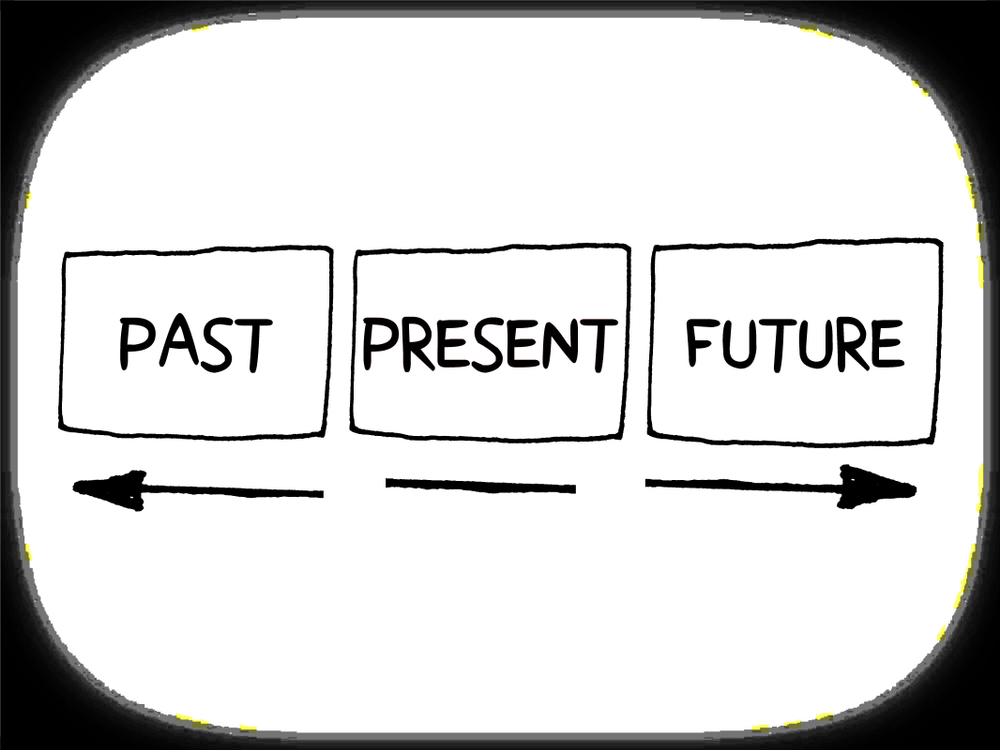"Theoretical Physics and Time Travel: Can White Holes Be the Key?"
Everything that passes through it must come out again, not where or when, but a mix of both.
Time is a concept that has puzzled and fascinated humans for centuries. It's what separates events and experiences into the past, present, and future, and it shapes our understanding of life and existence. The past is a place of memories and nostalgia, the present is where we exist in the moment, and the future is the unknown, filled with possibilities and uncertainty. But what is the relationship between these three aspects of time, and how do they influence each other? In this article, we will explore the complex interplay of past, present, and future, and examine how they impact our perceptions of reality and shape our lives. We will delve into the philosophical, scientific, and psychological aspects of time, and investigate how our understanding of time has evolved over the centuries. Join us on this journey as we explore the timeless questions of what was, what is, and what will be.
Everything that passes through it must come out again, not where or when, but a mix of both.
Transition through space-time is a transition through space and a transition through time, which our physics has not explained until today, but it remains a theory that exists and has its readers.
In the previous post, we talked about black holes and their types and what the story of observing the first black hole is.
Now we're talking about white holes. Does it really exist?
"White holes" are a prediction or conjecture by some astronomers and time travel theory geeks.
The theory simply holds that any hole in general must have two sides, one upper and the lower one, one side that absorbs light and one side from which the absorbed light flows.
If we assume that the hole is in the fabric of space-time, then the hole has an upper side and an underside, the upper side is the black hole, which swallows light and all objects, and the bottom side is the white hole, which expels objects that have been swallowed by the black hole.
As for calling it by this name, because it expels all the light inside it, it reflects a very large percentage of light, so it appears in white .
The opposite of the black hole that absorbs all the light; it appears in black!
Everything that enters the black hole comes out again through the white hole and passes through an area called "singularity."
And this is a strange area that we can't describe by our laws of physics.
In a theory that when objects reach this point they emerge from another spacetime, yes, exactly, the exit zone of these objects is the white hole.
I mean if we assume that the fabric of space-time is a paper and we bend this paper and pierce it this hole will come out from the other side and generate a shortened vertical path and reduce the horizontal distance that we were going to travel in the first case, so you can shorten spacetime and travel long distances of millions of years to reach another space-time region by passing through a black hole that takes you out in another space through a white hole and passing through the singularity region that we told you about above, all this model that passed We call it wormholes, which we'll talk about in a future blog.
A wormhole and a white hole!!
All these are theoretical guesses and predictions, and the existence of any white hole has not yet been revealed in our matches or in the observable universe as we know it, but it prefers a theory that we can reach one day
Theories remain theories until the opposite is proven. Theories are not erased by logic, they are not called theories if that happens.
This is what happened with Einstein's theory of black holes, which was science fiction for the scientific community of the time, but a few years ago we were able to prove Einstein's theory and we discovered the first black hole in history.
See you in the future!





.jpg)
Comments
Post a Comment